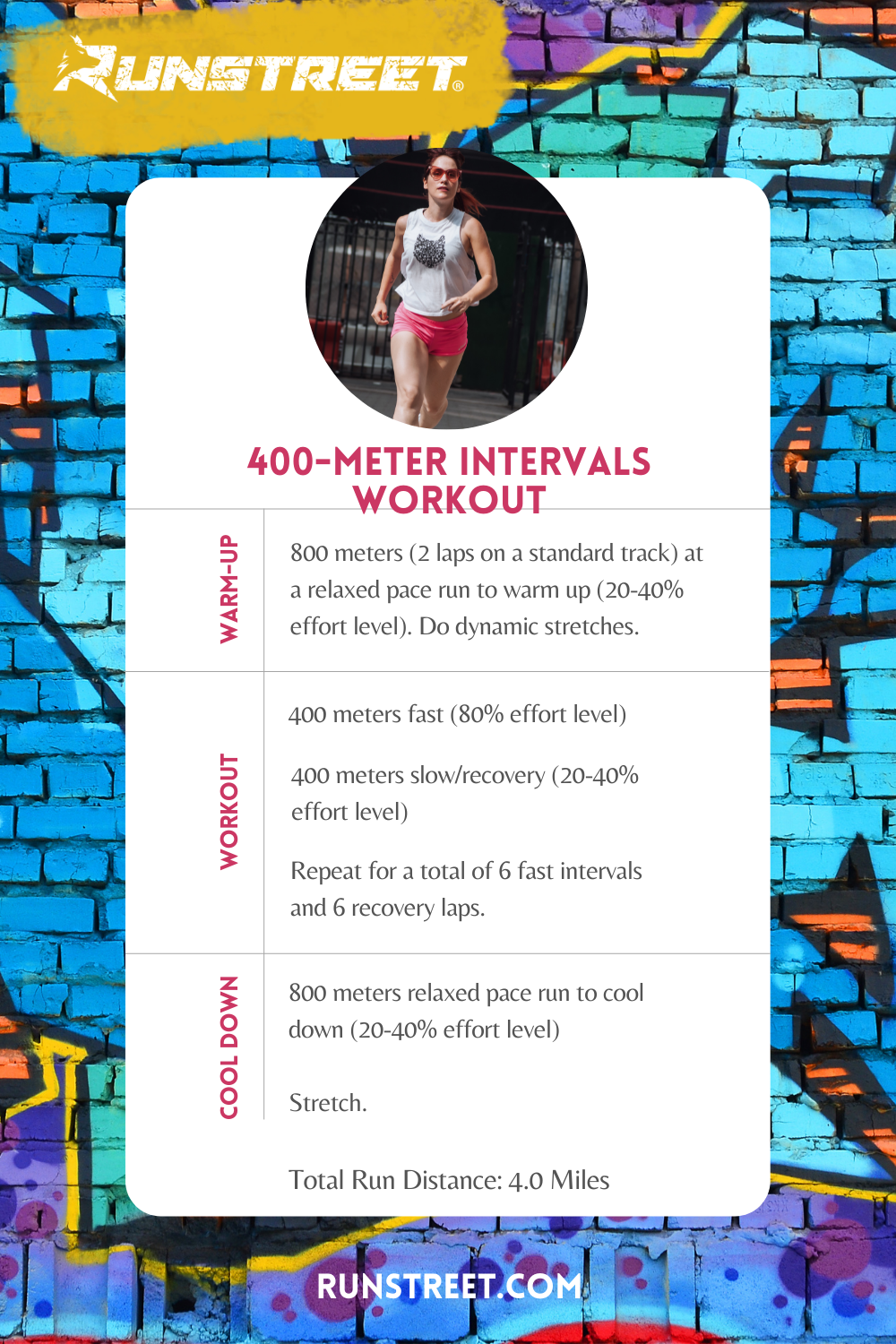Unleash Your Possible: Running Strategy Fundamentals for Peak Performance
Unleash Your Possible: Running Strategy Fundamentals for Peak Performance
Blog Article
Taking Care Of Usual Running Discomforts: Reasons, Solutions, and Avoidance
As runners, we often run into different discomforts that can prevent our efficiency and enjoyment of this physical activity. From the devastating discomfort of shin splints to the unpleasant IT band disorder, these typical running pains can be irritating and demotivating. Comprehending the reasons behind these ailments is vital in successfully addressing them. By checking out the origin factors for these running pains, we can discover targeted services and preventative measures to make sure a smoother and extra fulfilling running experience (visit).
Usual Running Pain: Shin Splints
Shin splints, an usual running pain, often result from overuse or incorrect footwear during physical task. The repetitive stress and anxiety on the shinbone and the cells affixing the muscles to the bone leads to swelling and pain.
To protect against shin splints, people ought to slowly increase the intensity of their workouts, use ideal shoes with correct arch support, and preserve versatility and strength in the muscles bordering the shin (running workout). In addition, incorporating low-impact activities like swimming or biking can aid preserve cardio physical fitness while permitting the shins to heal.
Usual Running Pain: IT Band Disorder
Along with shin splints, another prevalent running pain that athletes often come across is IT Band Syndrome, a condition triggered by inflammation of the iliotibial band that runs along the outer thigh and knee. IT Band Syndrome typically materializes as discomfort outside of the knee, especially during activities like running or biking. The iliotibial band is a thick band of fascia that attaches the hip to the shin, and when it comes to be inflamed or tight, it can scrub against the upper leg bone, bring about discomfort and discomfort.
Runners experiencing IT Band Syndrome may notice a stinging or aching sensation on the external knee, which can intensify with continued task. Factors such as overuse, muscle mass imbalances, improper running type, or insufficient workout can add to the development of this problem. To stop and reduce IT Band Disorder, runners should concentrate on extending and strengthening workouts for the hips and thighs, appropriate footwear, steady training progression, and attending to any kind of biomechanical problems that might be exacerbating the trouble. Neglecting the signs and symptoms of IT Band Disorder can lead to chronic concerns and extended healing times, stressing the significance of early treatment and appropriate administration approaches.
Common Running Discomfort: Plantar Fasciitis

Plantar Fasciitis can be credited to different aspects such as overtraining, incorrect shoes, operating on tough surfaces, or having high arches or level feet. To avoid and ease Plantar Fasciitis, runners can incorporate extending workouts for the calf bones and plantar fascia, put on supportive footwear, keep a healthy weight to reduce pressure on the feet, and gradually increase running intensity to avoid abrupt anxiety on the plantar fascia. If signs continue, it is recommended to consult a medical care professional for proper diagnosis and treatment options to deal with the problem effectively.
Common Running Pain: Jogger's Knee
After resolving the difficulties of Plantar Fasciitis, an additional widespread problem that joggers commonly encounter is Jogger's Knee, a typical running discomfort that can impede sports efficiency and trigger discomfort during exercise. Jogger's Knee, also referred to as patellofemoral discomfort disorder, materializes as discomfort around or behind the kneecap. This condition is often credited to overuse, muscle imbalances, improper running strategies, or problems with the alignment of the kneecap. Joggers experiencing this discomfort might really feel a dull, hurting pain while running, increasing or down stairways, or after extended durations of sitting. To avoid Runner's Knee, it is vital to integrate appropriate warm-up and cool-down regimens, maintain solid and well balanced leg muscle mass, wear appropriate footwear, and gradually enhance running strength. If signs and symptoms linger, looking for suggestions from a medical care expert or a sports medicine expert is advised to detect the underlying reason and create a tailored therapy plan to relieve the pain and prevent further issues.
Common Running Discomfort: Achilles Tendonitis
Commonly affecting joggers, Achilles Tendonitis is an uncomfortable condition that affects the Achilles tendon, triggering discomfort and possible constraints in physical activity. The Achilles ligament is a thick band of tissue that links the calf muscles to the heel bone, crucial for tasks like running, leaping, and walking - Get More Info. Achilles Tendonitis frequently establishes as a result of overuse, improper shoes, insufficient stretching, or sudden increases in exercise
Signs And Symptoms of Achilles Tendonitis consist of discomfort and rigidity along the tendon, particularly in the early morning or after periods of inactivity, swelling that worsens with task, and possibly bone stimulates in persistent cases. To prevent Achilles Tendonitis, it is important to extend correctly previously and after running, put on ideal shoes with correct assistance, progressively increase the intensity of exercise, and find more cross-train to lower recurring tension on the tendon. Treatment might involve rest, ice, compression, altitude (RICE method), physical treatment, orthotics, and in extreme cases, surgical procedure. Early intervention and correct care are critical for taking care of Achilles Tendonitis properly and avoiding long-term issues.
Conclusion

Report this page